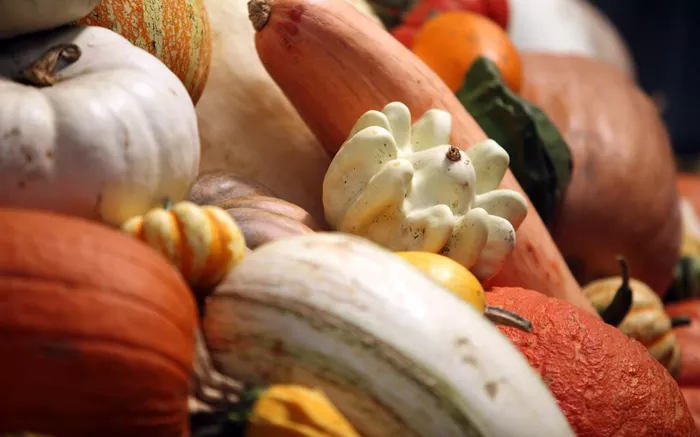Heirloom squash varieties are thriving in today’s home gardens, offering not just flavor but deep roots in North American agricultural history. These unique plants, some cultivated for centuries, bring color, character, and culinary potential to the backyard.
Squash, believed to be the oldest cultivated food in North America, has long been valued for its nutritional benefits and storage potential. Native American tribes like the Iroquois and Pueblo used squash extensively, and its name comes from the Narragansett word askutasquash, meaning “eaten raw or uncooked.” Colonists later embraced it, baking, drying, and even turning its seeds into snacks.
Squash plants—members of the Cucurbita genus—produce colorful, edible fruits and beautiful blossoms. From vibrant orange pumpkins to pale yellow crookneck squash, these plants add striking visuals to any garden.
Their flowers, typically bright yellow or orange, serve a key role in pollination. As monoecious plants, squash produce both male and female flowers, often blooming at different times. Bees, especially squash bees and honeybees, are crucial in transferring pollen and ensuring fruit production.
The plants flourish in sunny spaces with fertile, well-drained soil rich in organic matter. Squash are generally planted in “hills,” with seeds sown directly into the soil. Summer squash varieties—harvested while their rinds are still soft—mature quickly, often within 55 days.
Winter squash varieties, such as butternut and hubbard, require longer growing seasons and are harvested once their rinds harden, making them perfect for winter storage.
Among the many heirloom varieties, three stand out for both their beauty and heritage:
Patty Pan (Cucurbita pepo): Also known as Cymling, this squash dates back to the 17th century and was grown by Native American tribes and colonial settlers. With large leaves and a bush-like structure, patty pan squash is white-skinned, weighs up to 8 pounds, and can be stored for months. Harvested young, it resembles zucchini in texture and use. Thomas Jefferson even grew it in his retirement garden.
Delicata (Cucurbita pepo): Known for its creamy skin marked with dark green stripes, Delicata is a flavorful heirloom from the late 19th century. Its trailing vines and silvery leaves are attractive additions to any garden. Resistant to modern squash diseases thanks to Cornell breeding efforts, it’s regaining popularity, especially in gourmet kitchens for roasting and stuffing.
Long Island Cheese (Cucurbita moschata): Resembling a wheel of cheese with its tan skin and round shape, this pumpkin variety was once a staple for making pies and pumpkin butter. Dating back to at least 1807, it features salmon-orange flesh and vines that can grow up to 18 feet. Its rich flavor and historical significance make it a standout in heirloom gardening.
Whether for their blossoms, rich history, or delicious yield, heirloom squash varieties are ideal for gardeners seeking beauty and tradition. These plants not only decorate the landscape with vibrant colors and large leaves but also connect growers to generations of agricultural heritage.


